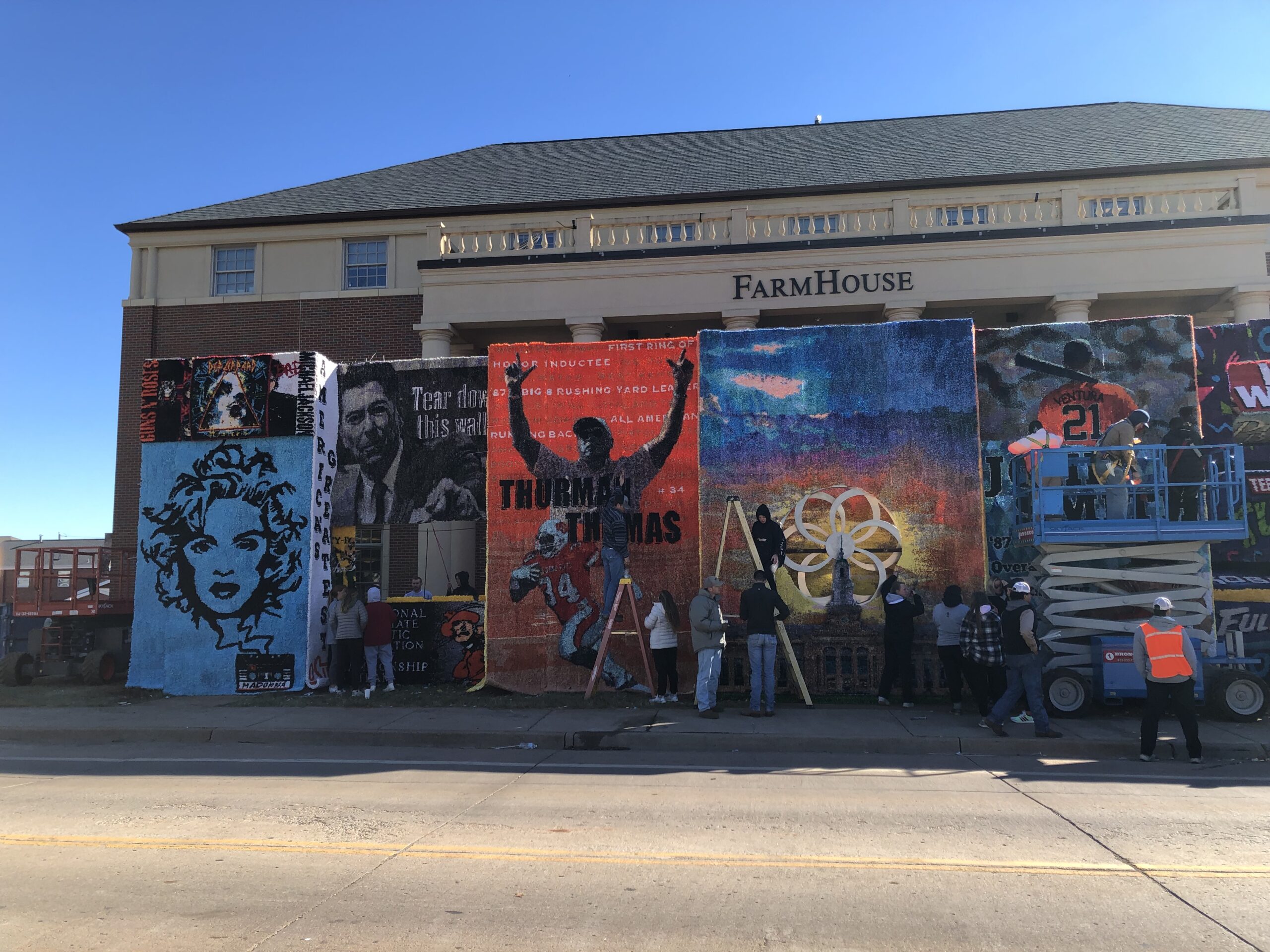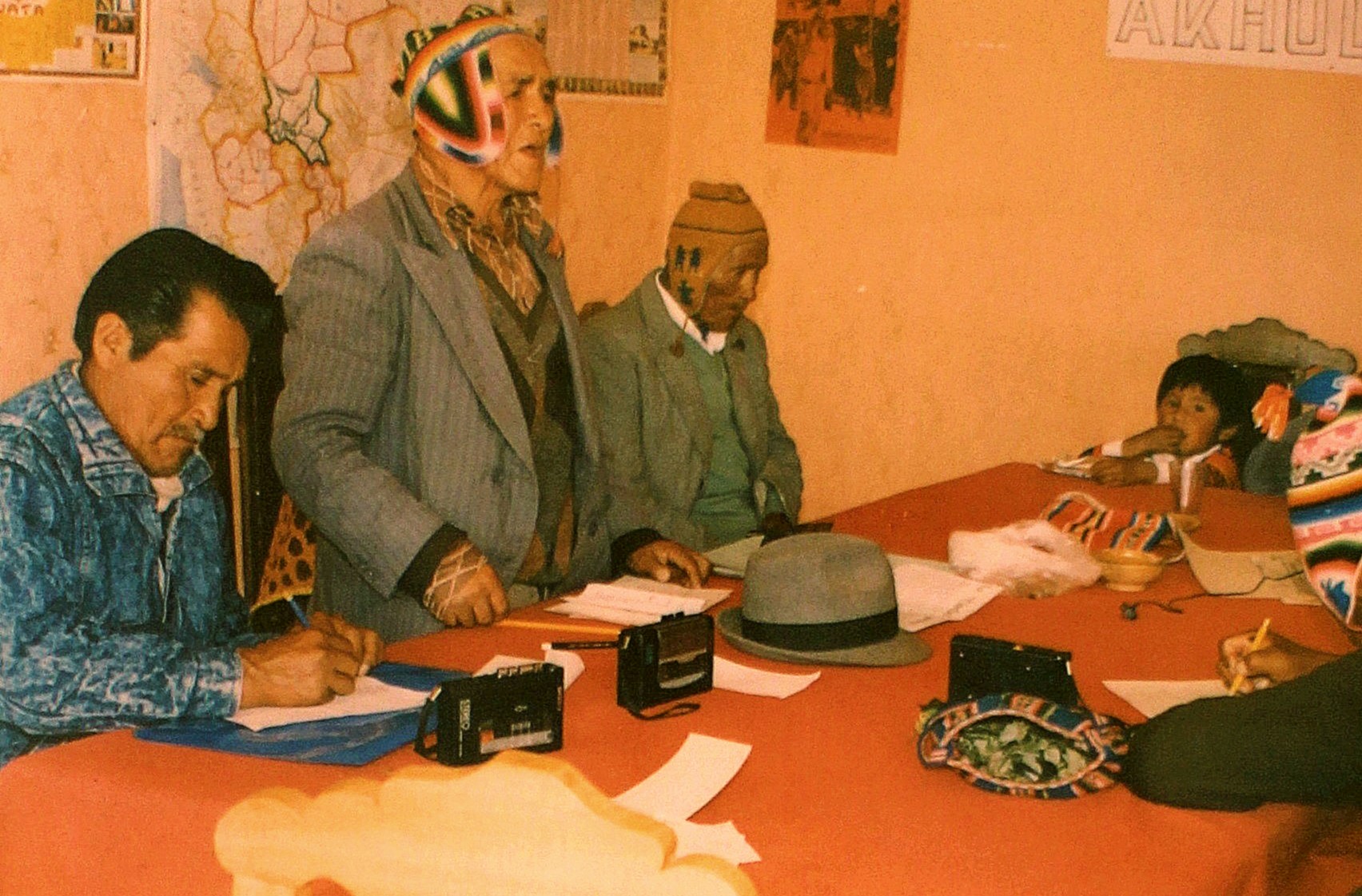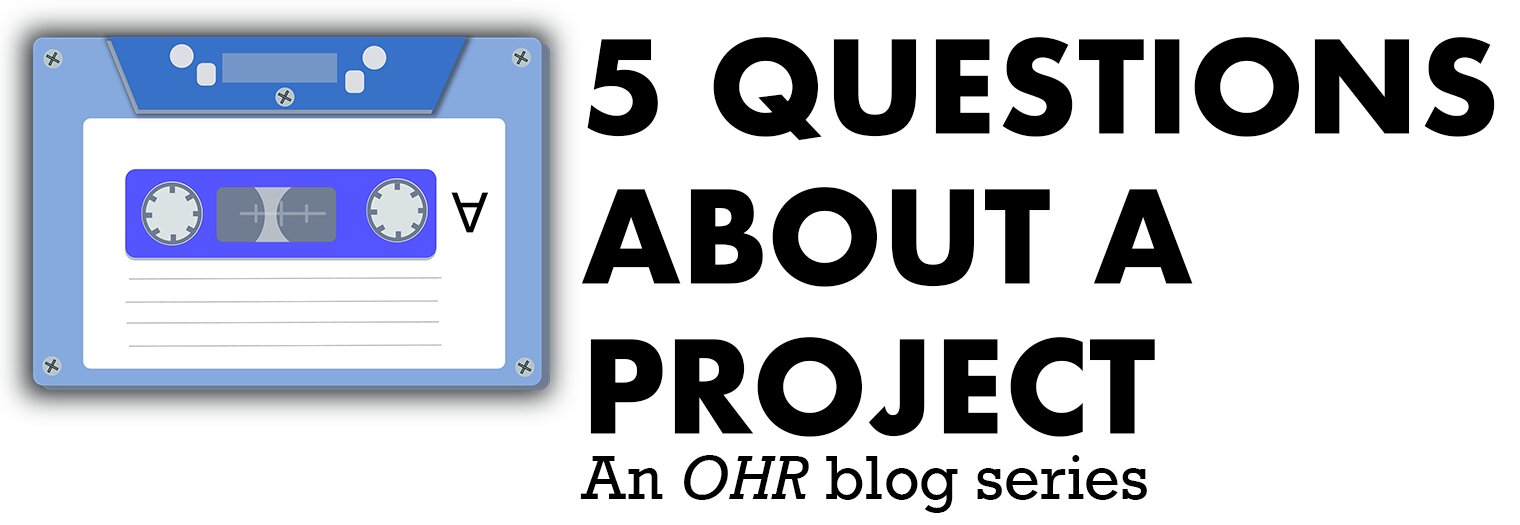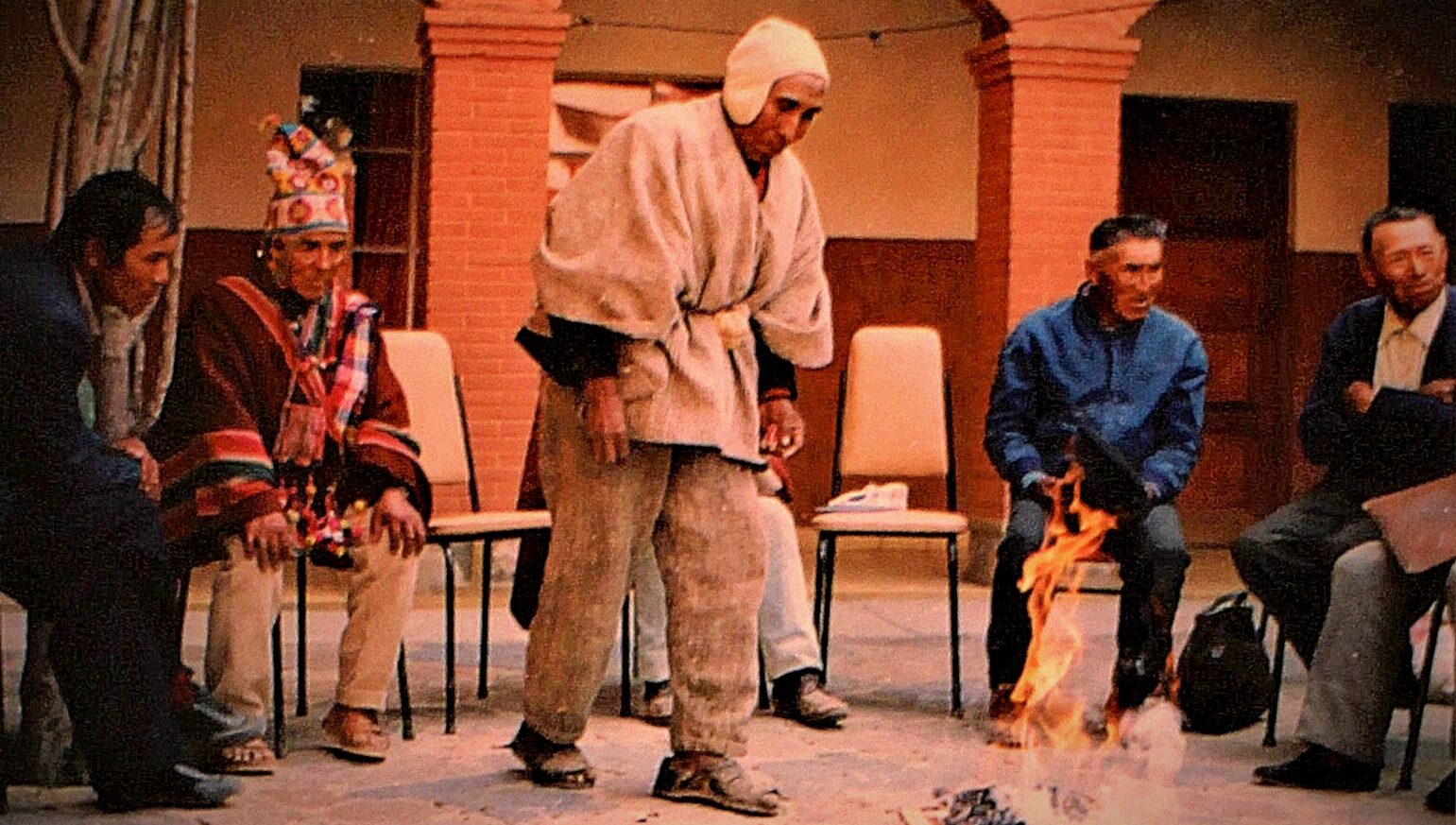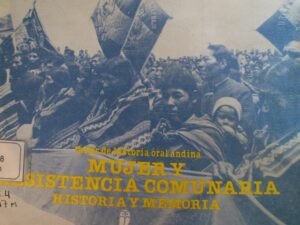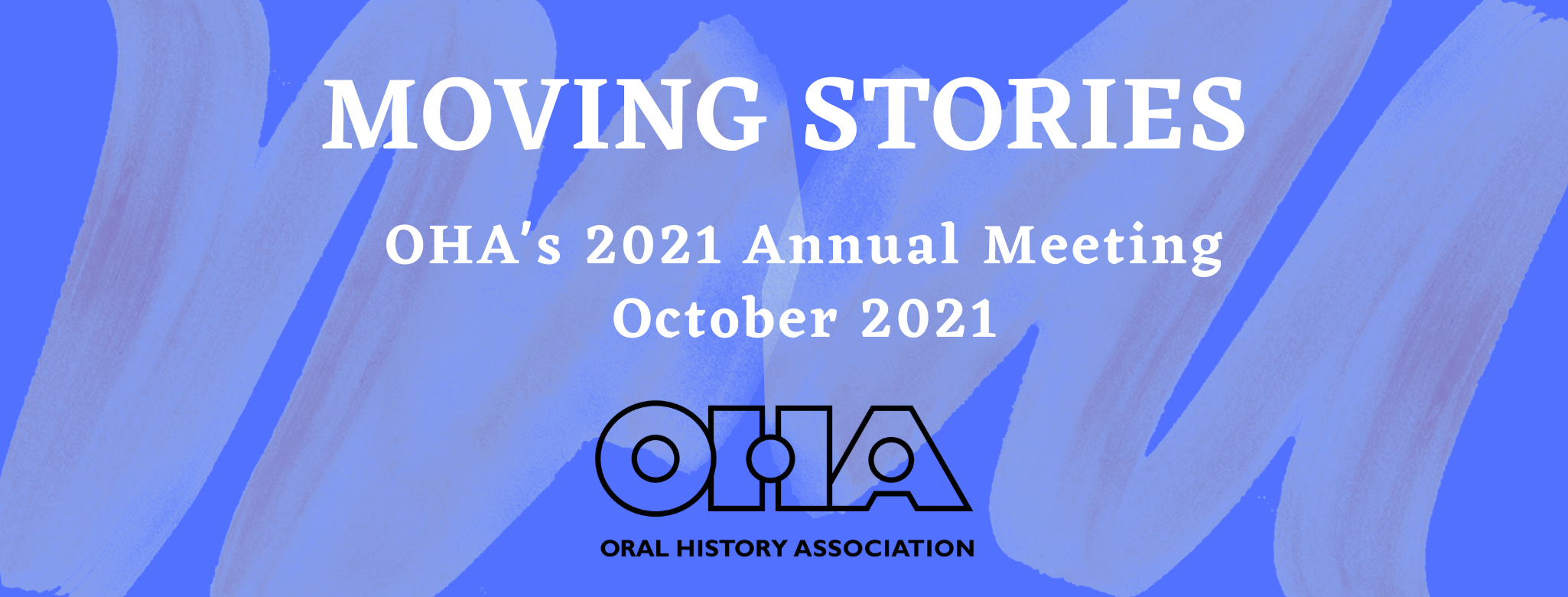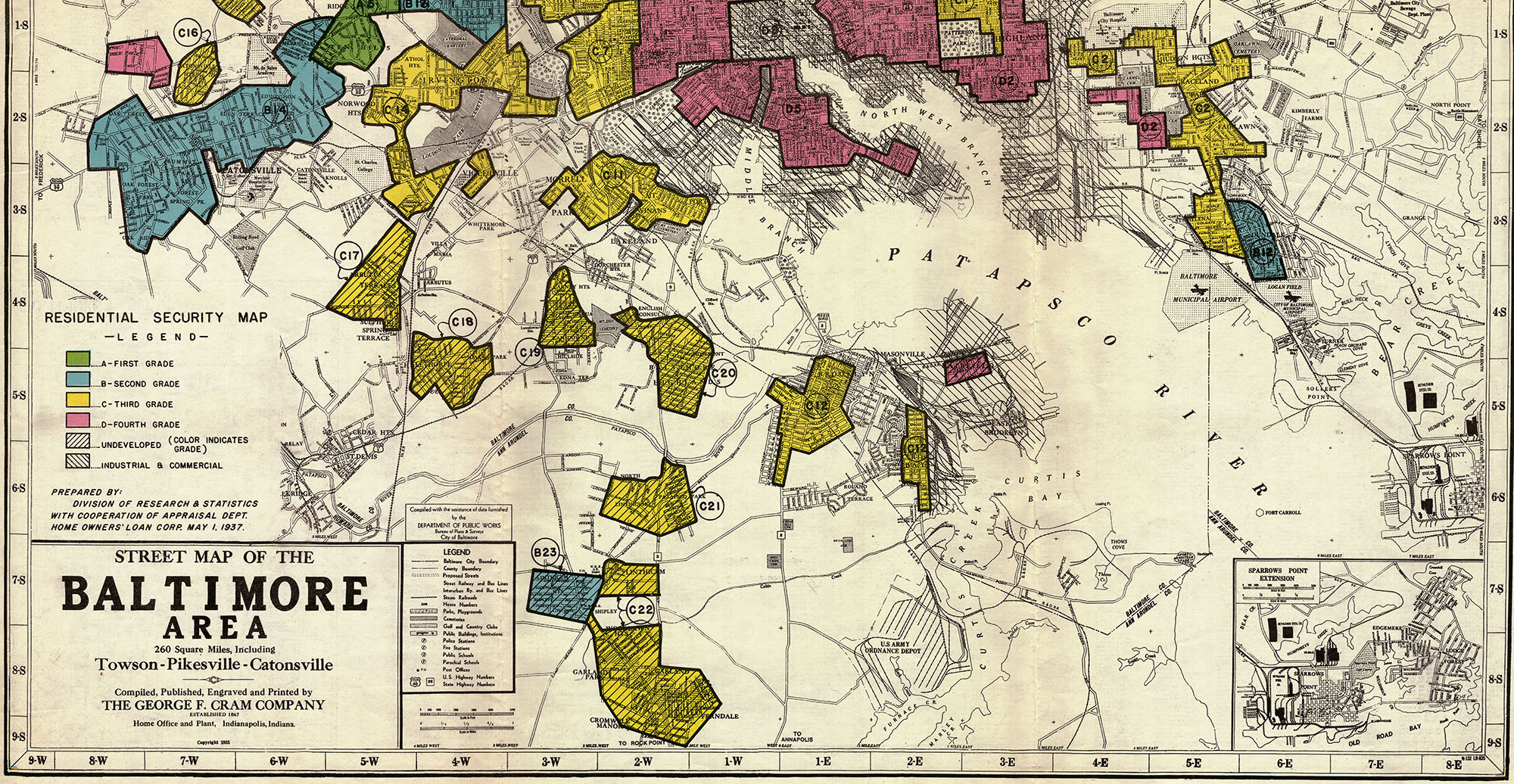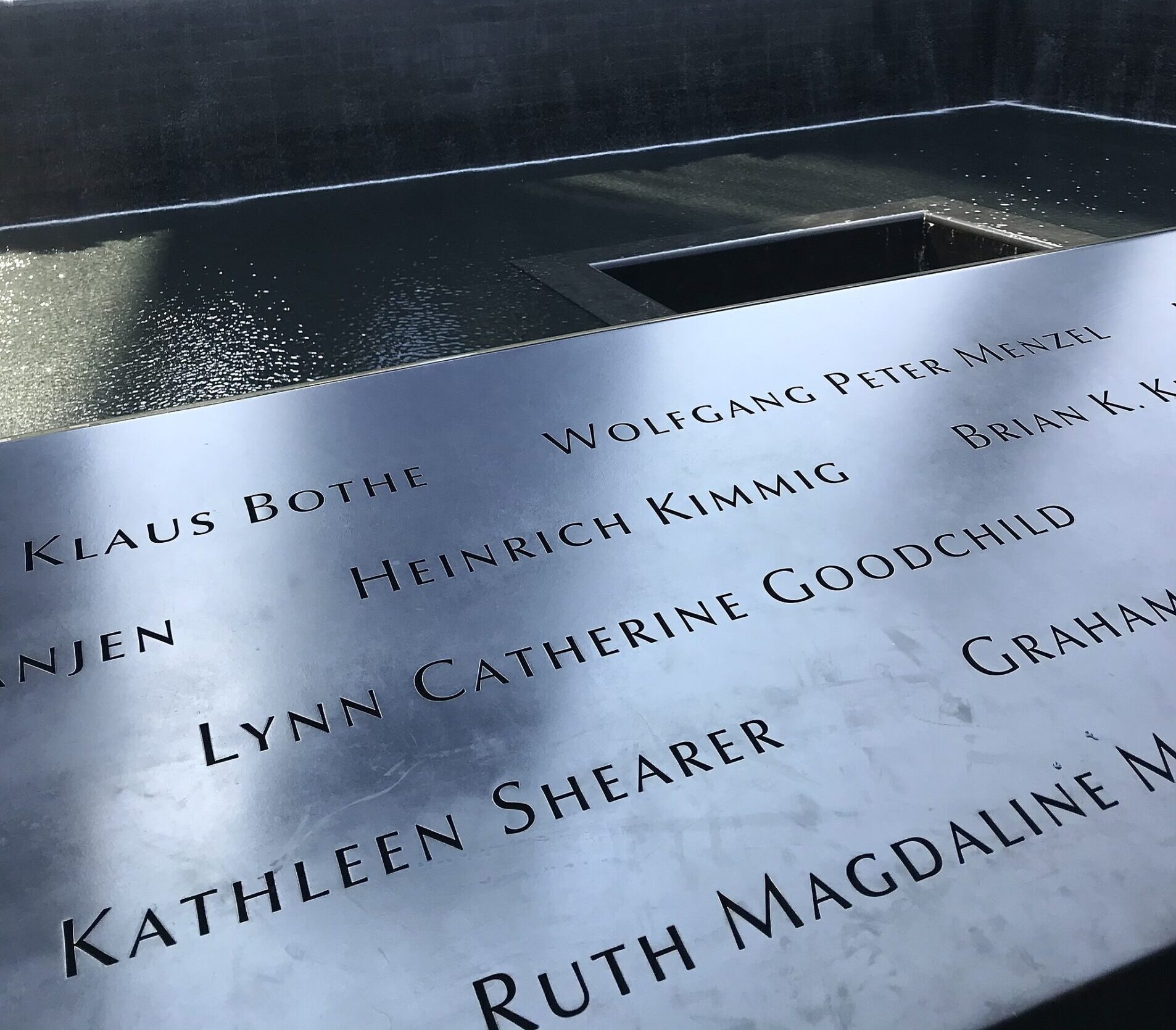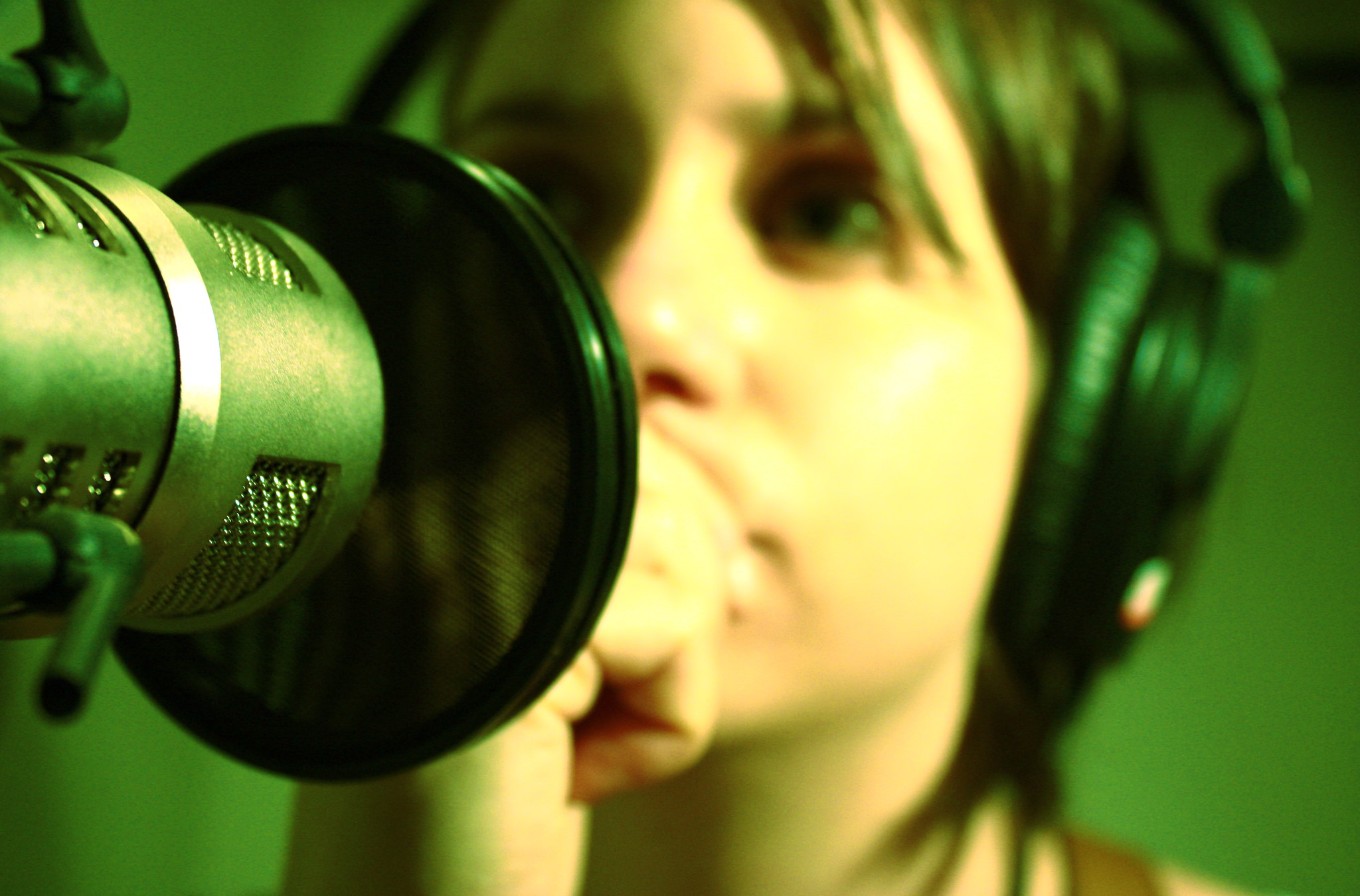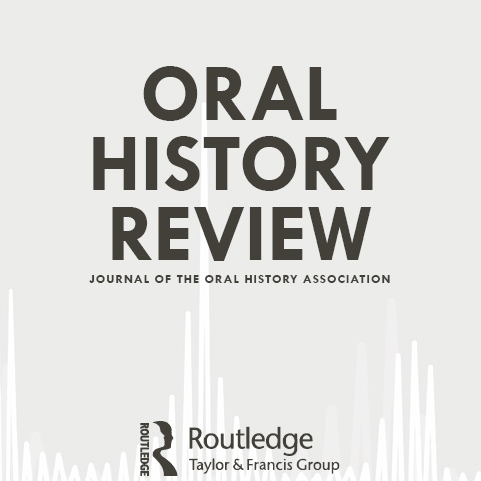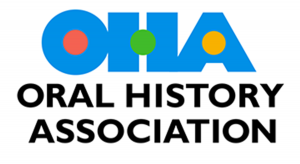Tanya Finchum on Reflection and Reflexivity in Interviewing
In the latest installment of our recurring series focused on oral history and self care, Tanya Finchum, of Oklahoma State University’s Oklahoma Oral History Research Program, reflects on her experiences conducting oral histories when the stories hit close to home and how our emotions and individual pasts impact our work. See Tanya’s earlier post, exploring how she prepares for and processes her interview experiences.
By Tanya D. Finchum
In 1997 Valerie Yow penned “‘Do I Like Them too Much?’: Effects of the Oral History Interview on the Interviewer and Vice-Versa,” which has become a classic when discussing the effects of the oral history interview on both the interviewer and the narrator. She noted the need for reflexivity, i.e. being aware of how our own experiences influence our approach to an interview as well as our reaction to the stories we hear… and don’t hear.
Today I’m going to share with you as I reflect on one of my own emotionally challenging interviews. By way of context, America’s Greatest Homecoming Celebration here at Oklahoma State University dates back 100 years, and part of that celebration is the Sea of Orange Homecoming Parade which draws large crowds of alumni and community members. In 2020 the traditional homecoming celebrations were canceled, yet another loss for our students that can be attributed to the pandemic.
In October of 2015, a woman deliberately drove her car into a crowd of parade spectators, killing four: a retired faculty member and his wife, a college student, and a two-year-old boy, while injuring around fifty more. There was: loss of life, loss of livelihood, and loss of the innocence of a hometown parade.
On that particular day, I was returning from my morning walk and kept noticing helicopter after helicopter flying toward town and then away from town. Not an everyday occurrence. I later learned 8 medical flights took place that day.
Let’s fast-forward to 2019. In the 4 years since the accident, there had been many articles about those injured and their road to recovery, but not much about those on the periphery. To fill that gap in the historical record, I embarked on a small oral history project. I interviewed 8 people who had various roles that day and the days that followed and included such people as the mayor, a photojournalist, and an architect who designed a memorial.
Today, I’ll focus on one particular narrator, the Director of Emergency Management. In preparing for this interview, I did a self-assessment of my positionality—what I was bringing to this interview, as we are trained to do. I had: a decade of social work experience, over a decade of OHA sessions (where presenters like Valerie Yow and Mary Marshall Clark spoke about the emotional impact at the intersection of narrator and interviewer), over a decade of conducting oral history interviews, and a decade of serving on the university’s Institutional Review Board (I was familiar with ‘do no harm,’ ‘respect for persons,’ and so on).
But…. all that experience and knowledge was complicated by the emotional associations I had, in my mind, with the topic at hand. I am an alum of OSU who enjoys Homecoming celebrations, a sister of two nurses (who would have jumped into action), a daughter whose father was life-flighted after suffering what would be a life-ending accident, a mother of a son whose high school sweetheart was killed in a horrific car accident at age 17, and a grandmother of a three-year-old boy (I can’t begin to imagine that loss). Further, there was the issue of anticipatory grief and knowing, and yet not knowing, that there is a fine line between empathy and over-associating.
But…. all that experience and knowledge was complicated by the emotional associations I had, in my mind, with the topic at hand…Further, there was the issue of anticipatory grief and knowing, and yet not knowing, that there is a fine line between empathy and over-associating.
The interview with the Director of Emergency Management took place in the late afternoon at his place of work. That was his choice. I used the life history approach, believing a person is more than just a singular event. As part of that, we talked about his career path and he eased into recounting the day of the Homecoming Parade incident. It soon became apparent he had integrated that day into his life story and spoke close to an hour before stopping. His opening line, “We learned a lot of hard lessons in 2015. We were unlucky, but we were very lucky at the same time.” (I recall making a mental note that if he didn’t cover both unlucky & lucky, I could refer to this statement in a follow-up question.) He goes on to explain what he means by lucky and unlucky. Unlucky in that they had not planned for a mass casualty event in Stillwater, because “nothing like this would happen here.” Lucky in that the accident occurred at the end of the parade. Traditionally the fire department, sheriff’s department, and first responders are at the end of the parade so if it was going to happen, happening when and where it did was fortunate. Help was on site immediately and medical professionals in the crowd jumped into action as well. The narrator proceeds to recount that day as if it was yesterday, and ends that part of his story with, “We did what we were supposed to do.”
A point of reflection for me: at least four times during the interview I was aware of my own struggle with what was going on internally and externally. Those points were when he described the helicopter scene, the clean-up (his words created imagery. That emotional memory stays with me to this day), the grandmother’s visit to his office looking for her grandson’s boots, his father’s remarks. In those moments, I said to myself, “This isn’t about you, Tanya. Don’t detach. Stay present.” Looking back, I wonder if by blocking my emotions, did I also block the emotions that I needed to actively listen? I hope not, but I’m not sure.
I followed his recounting of that day with questions about lessons learned and what he was doing currently, in part to bring him back to a good place. He spoke proudly about the command post he helped build with all its new bells and whistles and it seemed to be one of his happy places. I thought perhaps this was his way of turning his grief into purpose, with the goal of improving the department’s response to future emergencies. And I also asked about following in his father’s footsteps, which he had stated earlier he had done. He shared that his father came to his office a few days after the incident, closed the door, and said, “I’m not here as your peer or your cohort. I’m here as your father, and I just want to tell you that you did a very good job, son. I’m very proud of you.”
I connected with that emotion both as a parent and as a daughter. The threads throughout this interview reminded me of my own losses and just how fragile life can be. The interview was emotional for me. It was 6:30 p.m. when we finished. There was no one at the office with whom I could debrief. As we transition from an interview to home, where do the stories go? That day I got to my car, I turned on the radio and hoped to hear an uplifting song. That day I got lucky; Kenny Chesney’s “Everything is Gonna Be Alright” was playing. I listened and tried to get lost in the melody and chorus before heading home.
The next day I had a debriefing opportunity with a colleague, but was aware of the potential for secondary trauma: I was aware that verbally describing a traumatic experience through vivid word imagery might be difficult for a listener. I was also aware of the four steps of low-impact disclosure (LID), from the Compassion Fatigue Workbook: self-awareness, fair warning (give listener fair warning that a story may be difficult), consent (meaning let them say if and how much they are okay hearing), and low-impact debriefing (watch for signs the person is checking out of listening). I tried not to share the specific details that were lingering with me and watched body language for signs of discomfort.
Reflecting on the interview, I also wonder if I unknowingly silenced the narrator in some way. I identify a similarity between our roles. He had put his emotions aside to do his work that day in order to manage the recovery process as best he could. Likewise, I had tried to keep my internal and external emotions in check so as not to impact the interview process.
By definition, grief is mental suffering often endured alone and in silence… and in oral history work we try to engage with the silences, whatever they might be. And that includes our own silences. I’ll close with lyrics borrowed from Miranda Lambert’s “Bluebird” song:
And if the whole wide world stops singing and all the stars go dark, I’ll keep a light on in my soul and keep a bluebird in my heart.
Dr. Tanya Finchum is a Professor with the Oklahoma Oral History Research Program and has been a member of the Edmon Low Library faculty since 1999. She has conducted over 450 oral history interviews, beginning in 2006, and has been the leader on projects featuring various narrators such as women legislators, cooperative extension educators, and Oklahomans working to sustain the Monarch butterfly population and other conservation efforts, just to name a few. She also contributes to the production workflow and discoverability efforts. Finchum is a 2017 Columbia Center for Oral History Summer Institute Fellow. She holds a doctorate in Family Relations and Child Development with an emphasis in gerontology from Oklahoma State University, an M.S. in Library Science from The University of Tennessee, an M.A. in Rehabilitation Counseling from the University of Cincinnati, and a Bachelor of Social Work from East Tennessee State University.
Featured image courtesy of the author.
